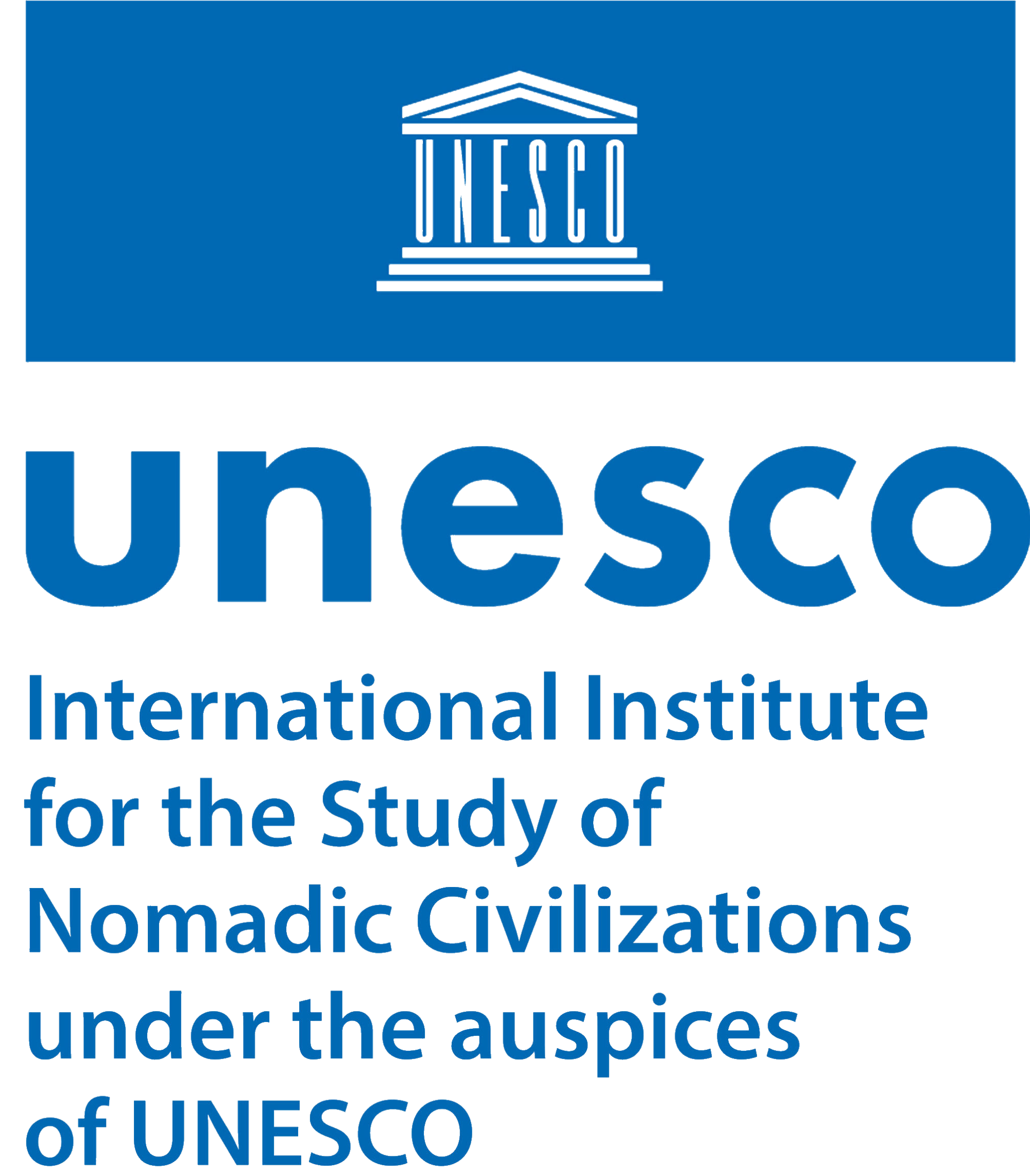The Nomadic Ethics of Leaving No One Behind
Samburu, Tugen, and Ilchamus Pastoralists in North-Central Kenya
Keywords:
Nomadic ethics, displacement, Kenya, Samburu, Tugen, IlchamusAbstract
This study examines the nomadic ethics of pastoralists and agropastoralists in Samburu, Tugen, and Ilchamus in Northern Kenya, focusing on their attitudes toward displacement. The investigation revealed that displaced pastoralists approached evacuation with a specific ethical mindset. Each ethnic group had its own criteria for deciding which people, animals, and objects to transport during the evacuation. To survive critical situations such as conflicts and droughts, every ethnic group seemed to have defined what could be termed a “minimum set of possessions,” which is strongly linked to their owners’ bodies. In essence, when considering an emergency evacuation, if individuals prioritize the most vulnerable parts of their bodies, it is understandable that they would also prioritize those most vulnerable within their community. It is common to assume that the principle of “leaving no one behind” is associated with Western values and Western-influenced countries. However, nomadic pastoralists in Northern Kenya have developed the spirit of “leaving no one behind” in a completely different context shaped by nomadism and uncertainty.
References
Das, V. (2012). Ordinary ethics. In D. Fassin(Ed.), A Companion to Moral Anthropology (pp. 133‒149). Wiley-Blackwell
G, Ervin. (2020). Now We Sleep without Our Shoes: The Story of the Laikipia Peace Caravan. In S.L. Connaughton & J. Berns (Eds.), Locally Led Peacebuilding: Global Case Studies (pp. 47–59). Lanham: Rowman & Littlefield.
Greiner, C. (2012). Unexpected Consequences: Wildlife Conservation and Territorial Conflict in Northern Kenya. Human Ecology, 40(3), 415–425. http://www.jstor.org/stable/41474671
Greiner, C. (2013). Guns, land, and votes: Cattle rustling and the politics of boundary (re)making in Northern Kenya. African Affairs, 112(447), 216–237. https://doi.org/10.1093/afraf/adt003
Hodder, I. (1982). Symbols in Action: Ethnoarchaeological Studies of Material Culture. Cambridge: Cambridge University Press.
IDMC (Internal Displacement Monitoring Center). (2006, December 19). I am a Refugee in My Own Country. Geneva: Internal Displacement Monitoring Centre. https://www.internal-displacement.org/publications/i-am-a-refugee-in-my-own-country-conflict-induced-internal-displacement-in-kenya
Laidlaw, J. (2013). The Subject of Virtue: An Anthropology of Ethics and Freedom (New Departures in Anthropology). Cambridge: Cambridge University Press. doi:10.1017/CBO9781139236232
Lambek, M. (Ed.). (2010). Ordinary Ethics: Anthropology, Language, and Action. New York: Fordham University Press.
Lewis, I. M., & Samatar, S. S. (1999). A Pastoral Democracy: A Study of Pastoralism and Politics Among the Northern Somali of the Horn of Africa. London: James Currey Publishers.
Henare, A., Holbraad, M., & Wastell, S. (Eds.). (2007). Thinking Through Things: Theorising Artefacts Ethnographically. (pp. 1-31). London: Routledge.
Holtzman, J. (2017). Killing Your Neighbors: Friendship and Violence in Northern Kenya and Beyond. Univ of California Press.
Konaka, S. (2021). Reconsidering the Resilience of Pastoralism from the Perspective of Reliability: The Case of Conflicts between the Samburu and the Pokot of Kenya, 2004-2009. Nomadic Peoples, 25(2), 253–277. https://doi.org/10.3197/np.2021.250205
Konaka, S. (2022). Material culture of displacement: Ontological reflections on East African pastoral internally displaced persons. Japanese Review of Cultural Anthropology, 23(2), 47-87.
Konaka, S. (2023). Contextualizing resilience to material culture of pastoralists and humanitarian assistance in Northern Kenya. In S. Konaka, G. Semplici & P. D. Little (Eds.). Reconsidering Resilience in African Pastoralism: Towards a Relational and Contextual Approach. (pp. 219-250). Melbourne: Trans Pacific Press.
Krätli, S., & Schareika, N. (2010). Living Off Uncertainty: The Intelligent Animal Production of Dryland Pastoralists. The European Journal of Development Research, 22(5), 605–622. https://doi.org/10.1057/ejdr.2010.41
Leach, E.R. (1964). Anthropological aspects of language: animal categories and verbal abuse In E.H. Lenneberg (Ed.). New directions in the study of language. (9th ed., pp. 23-26) Cambridge Massachusetts: MIT press
Mattingly, C. (2012). Two virtue ethics and the anthropology of morality. Anthropological Theory, 12(2), 161–184. https://doi.org/10.1177/1463499612455284
Okumu, W. (2013). Conflict over Ltungai Conservancy: A Case of Fatal Competition over Grazing Land and Water among the Samburu and Pokot in North-western Kenya [Conference Presentation]. International Conference on “Large Scale Agricultural Investments in Pastoral Lowlands of the Horn of Africa: Implications for Minority Rights and Pastoral Conflicts, Institute of Peace and Security Studies, Addis Ababa, Addis Ababa University.
Roe, E., Huntsinger, L., & Labnow, K. (1998). High-Reliability Pastoralism Versus Risk-Averse Pastoralism. The Journal of Environment & Development, 7(4), 387–421. https://doi.org/10.1177/107049659800700404
Roe. E. (2020). A New Policy Narrative for Pastoralism? Pastoralists as reliability professionals and pastoralist systems as infrastructure. STEPS Working Paper (pp. 113). Sussex: STEPS Centre.
Scoones, I. (1995). Living With Uncertainty: New directions in pastoral development in Africa. London: International Institute for Environment and Development.
Spencer, P. (1965). The Samburu: A study of gerontocracy in a nomadic tribe. London: Routledge & Kegan Paul.
Stites, E., & Akabwai, D. (2010). “WE ARE NOW REDUCED TO WOMEN”: IMPACTS OF FORCED DISARMAMENT IN KARAMOJA, UGANDA. Nomadic Peoples, 14(2), 24–43. http://www.jstor.org/stable/43123871
Straight, B. (2009). Making Sense of Violence in the “Badlands” of Kenya. Anthropology and Humanism, 34(1), 21–30. https://doi.org/10.1111/j.1548-1409.2009.01020.x
UN (2015). Transforming Our World: The 2030 Agenda for Sustainable Development. Resolution Adopted by the General Assembly on 25 September 2015. (pp. 1-13). https://www.un.org/en/development/desa/population/migration/generalassembly/docs/globalcompact/A_RES_70_1_E.pdf
Downloads
Published
How to Cite
Issue
Section
License
Copyright (c) 2024 Shinya Konaka

This work is licensed under a Creative Commons Attribution-ShareAlike 4.0 International License.




